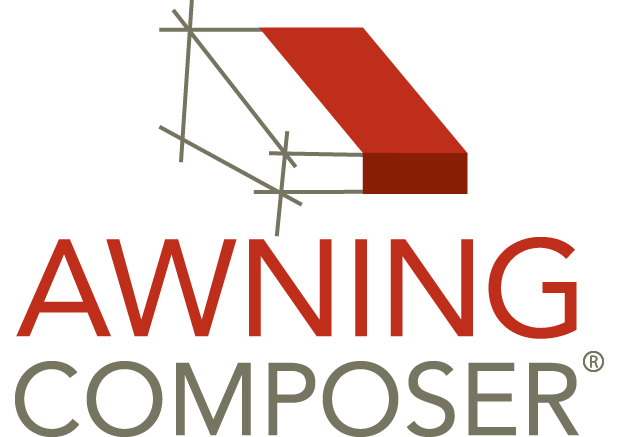Migration FAQ
Can version 5 be installed on the same system as version 4?
Yes. Version 5 is a completely new program and can be installed on the same system as version 4 as long as that system meets the minimum specifications. Since there are some features in version 4 that are not yet available in version 5, you may want to install and use both versions depending on your needs.
Why won’t version 5 work on my system where version 4 is installed?
Version 4 uses a simple CPU-based software rendering system to display 3D graphics. This is compatible with virtually every Windows-based computer but is limited in its capabilities. Version 5 uses the 3D graphics hardware (GPU) included in most computers manufactured from around 2005 and later. If the graphics hardware in your computer is too old, version 5 won’t work. Also, if the display driver software being used is too old or is not functioning properly, version 5 may not work properly or at all. Please check the System Requirements section of this website for a detailed list of system specifications needed for running version 5.
Can I open scenes created in version 4 (.ac4 files) using version 5?
No, but you can continue to open these files in version 4. Version 4 and version 5 can be installed at the same time.
What’s the best way to photograph a building in version 5?
We recommend that you take a high-resolution picture of the building straight on from a distance so that sky is showing above the building and some of the area in front and beyond the sides of the building is included. This picture can then be brought into Awning Composer as a backdrop and scaled using a known dimension, such as the height of a door or window. Once the backdrop has been properly scaled, the awning scale will match the scale of the building. This is not required but it helps create a more realistic rendering.
Can you still work with photographs taken from an angle like those used in version 4?
Yes. In version 4, we recommended that you photograph a building at an angle (20 to 30 degrees off center) so the awnings you put on the building will show some of the front and some of the side. This approach can still be used in version 5, but you will not be able to use some of the new features of version 5 such as scaling and shadows. To use these features, take the picture straight on whenever possible.
In some situations, taking the picture at an angle is still the best option. If the building surface to be shown in the rendering is not flat or almost flat – for example if it’s curved or has corners, indentations, or multiple levels at different depths – and you take a straight on photo of it, it may not be practical to rotate the camera to view the awning from an angle due to the 3D perspective of objects in the photograph not being maintained. In these cases, it may be best to take the photo at an angle if you want the rendering to show the front and side of the awning.
